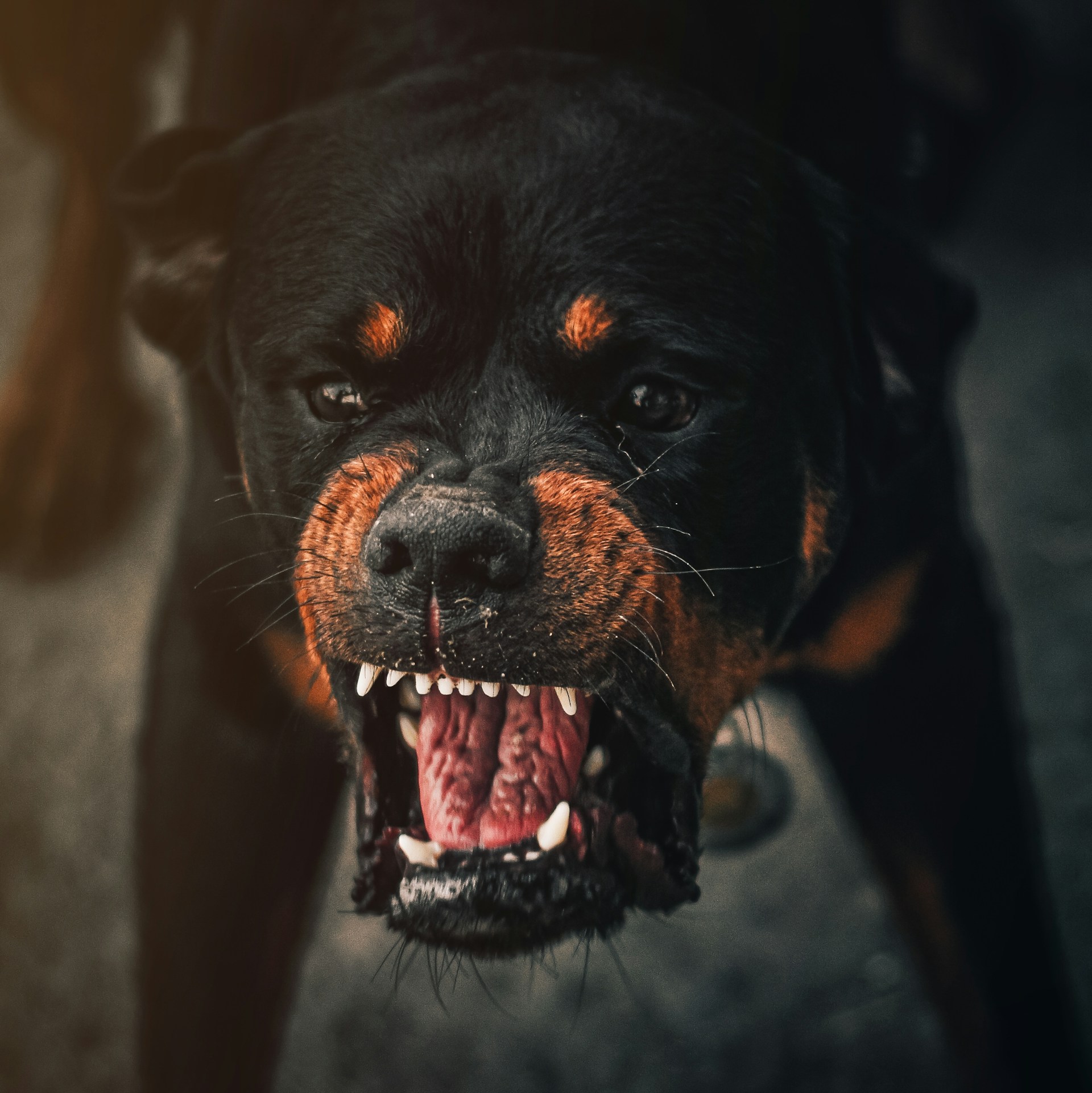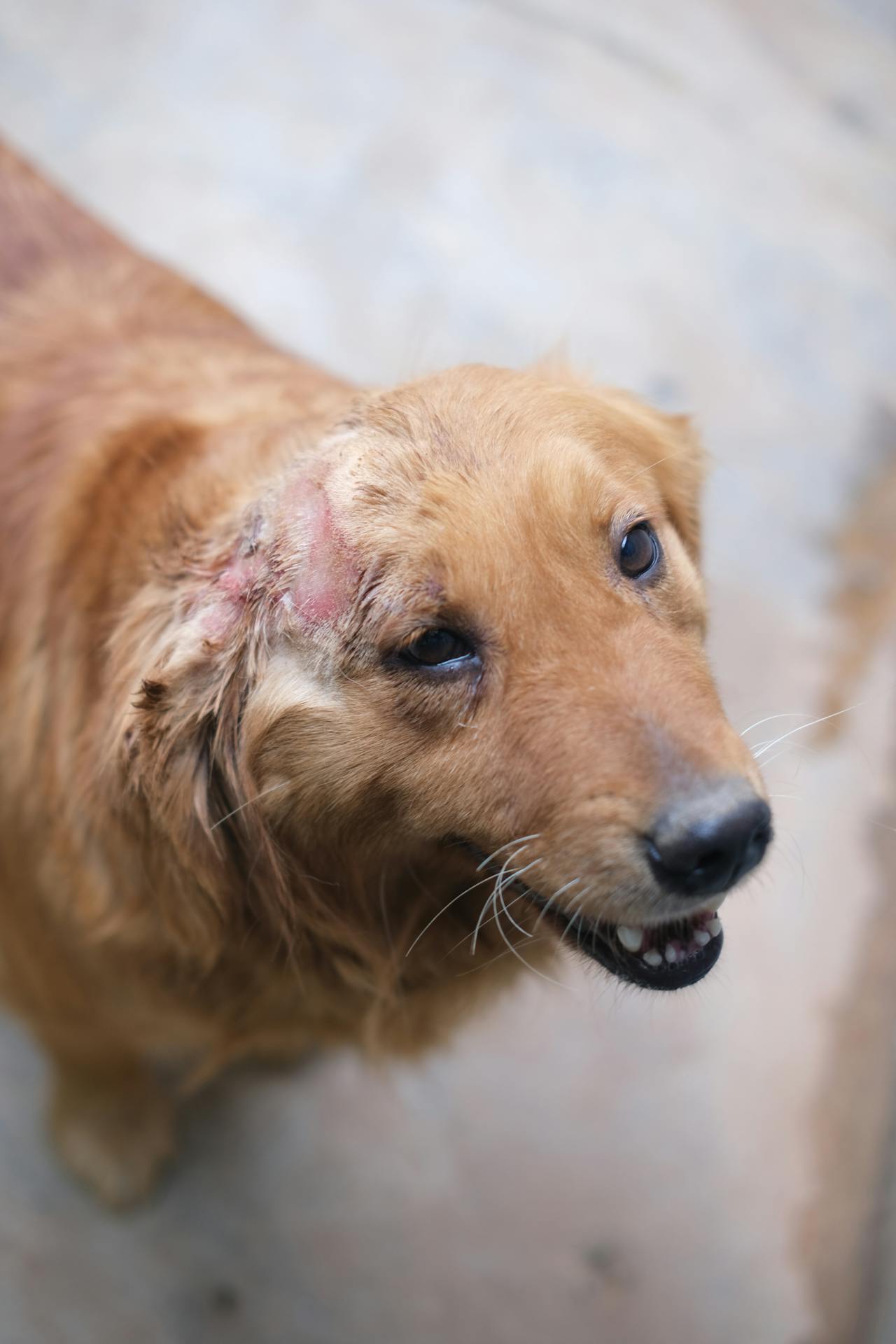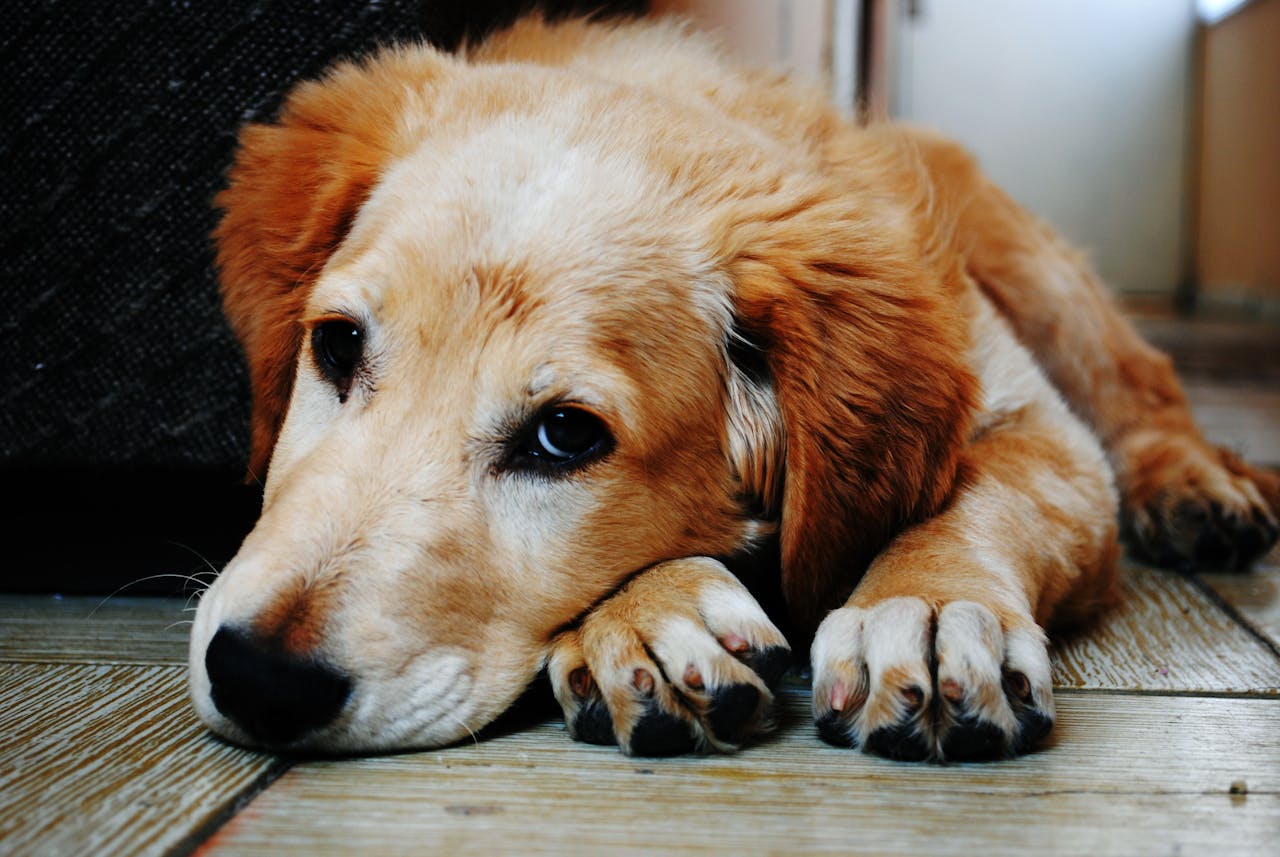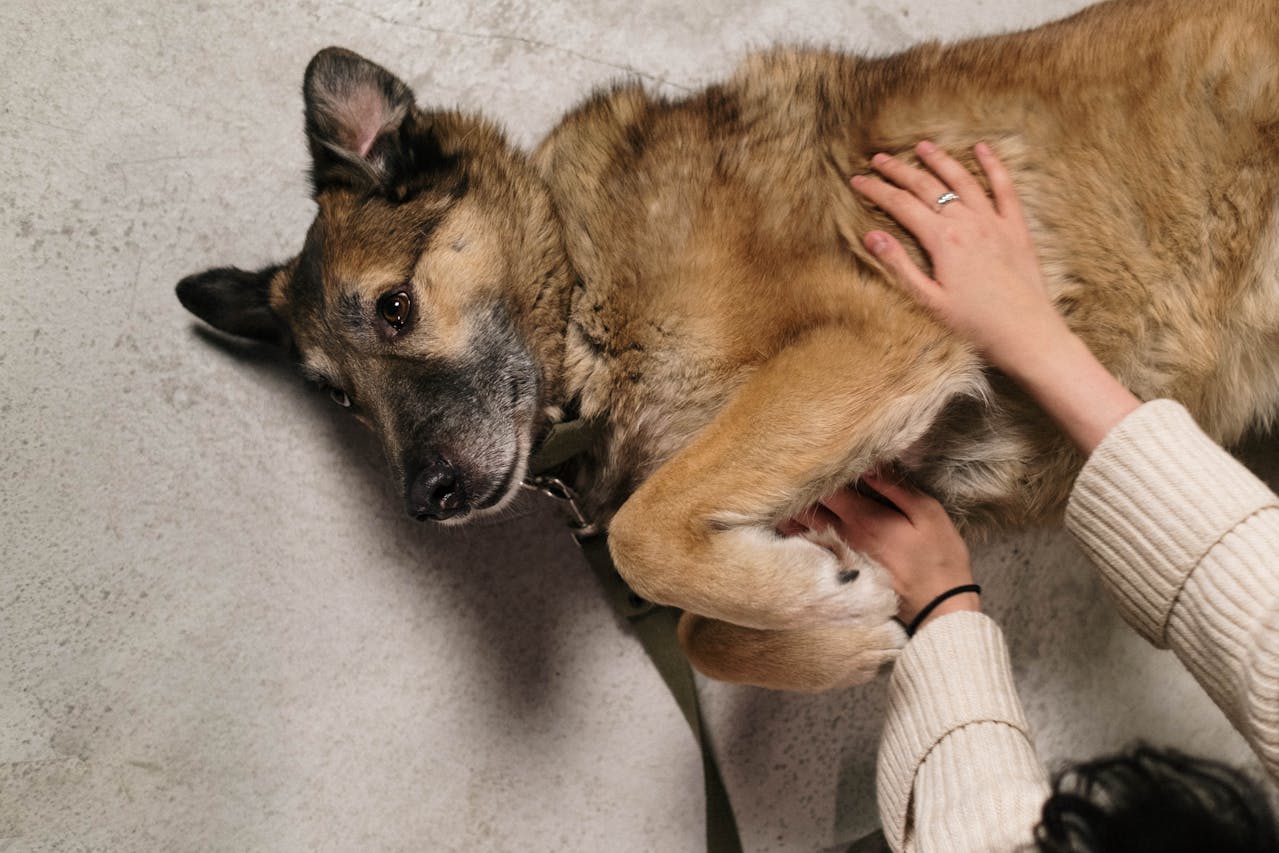Understanding Dog Aggression: What Every Pet Parent Should Know

But here’s the truth: not all aggression is a sign of a “bad” dog. In fact, it’s often just a way dogs communicate when they’re scared, in pain, confused, or overwhelmed. It's not always about being mean—it can be a dog's way of saying, “I’m uncomfortable,” or “Something’s wrong.”
What Does Aggression in Dogs Look Like?
The word “aggression” is often misunderstood. Most people think of obvious behaviors like growling or biting, but many signs are subtle and easy to miss—especially in the early stages.
Some early warning signs of stress or discomfort in dogs can include:
-
Yawning (when they’re not tired)
-
Freezing in place
-
Intense, unblinking stares
-
Curling or licking their lips
-
Showing their teeth
-
Light bumping with their nose (a gentle “back off” signal)
-
Air snapping (biting the air without contact)
-
Growling or lunging
-
Mouthing without pressure
-
Biting hard enough to bruise or break skin
Often, dogs show these milder behaviors first—but if those signals are ignored, they may escalate to more serious reactions.
Are Some Dog Breeds Just Naturally Aggressive?
You might’ve heard that certain breeds are “just aggressive,” but that’s a myth. While some breeds might look more intimidating or are stronger physically, aggression isn't hardwired into specific types of dogs.
What really shapes a dog’s behavior is a mix of:
-
Genetics: A puppy with a fearful or reactive mother may be more prone to similar behavior.
-
Environment: Dogs raised in poor or stressful conditions may become protective of food or space.
-
Experiences: Past trauma—like being mistreated—can make a dog more likely to react defensively.
In short, any dog can show aggression, and no breed is born “bad.”
Different Types of Dog Aggression
Aggression can show up in many ways depending on the situation. Here are a few common types:
-
Leash Aggression: Barking or lunging at people, dogs, or objects while on a leash.
-
Barrier Aggression: Acting out behind a fence or window when people or animals walk by.
-
Fear-Based Aggression: Reacting when they feel cornered or threatened.
-
Pain-Related Aggression: Snapping or biting when touched in a painful area.
-
Redirected Aggression: Lashing out at someone nearby when they’re frustrated or overstimulated (like when they can't chase a squirrel).
-
Possession Aggression (Resource Guarding): Protecting food, toys, or even random items they consider valuable.
-
Territorial Aggression: Guarding their home, yard, or personal space.
-
Dog-to-Dog Aggression: Reacting aggressively toward other dogs, whether they’re strangers or housemates.
-
Dog-to-Human Aggression: Reacting negatively to people—often rooted in fear, pain, or frustration.
Why Is My Dog Suddenly Aggressive?
If your dog suddenly starts acting aggressively, it’s a good idea to visit your vet. Health issues, especially pain, can trigger changes in behavior. Changes at home—like new guests, loud noises, or changes in routine—can also cause stress.
That said, what seems like “sudden” aggression often isn’t. Many dogs show subtle signs of stress or discomfort long before things escalate, but those signals might go unnoticed. For example, a dog that growls at dinner may have been guarding their food for a while in quieter ways—like eating faster or getting tense when approached.
How to Calm an Aggressive Dog
The number one rule: Don’t respond to aggression with more aggression. Yelling, punishing, or physically correcting your dog might stop the behavior in the moment—but it doesn’t solve the problem. Worse, it teaches them to stop giving warnings (like growling) and jump straight to more serious actions.
Instead, try to understand what’s causing the behavior. Think about:
-
When it happens – Is it predictable or random?
-
How long it lasts – Is it a quick moment or a lingering reaction?
-
Who it’s aimed at – Everyone or just certain people or pets?
Knowing these details helps you and your trainer figure out the right approach.
How to Prevent or Manage Aggression
The best defense is good early training and socialization, starting in puppyhood. But even well-trained dogs can show aggression, especially if they’re triggered by something specific.
If your dog is showing signs of aggression, work with a positive reinforcement-based trainer—someone who uses gentle, science-backed methods. They can help you:
-
Use management tools (like giving your dog space from stressful situations)
-
Train new responses using techniques like desensitization and counterconditioning
-
Decide whether your dog might benefit from a vet check or medication
Final Thoughts
Aggression doesn’t mean your dog is bad. It’s a way of saying, “Something isn’t right.” When we listen—really listen—we can help our dogs feel safer, more secure, and more understood. And that’s the key to a happy, peaceful home for both of you.
Get insurance plans with wide-ranging coverage options













